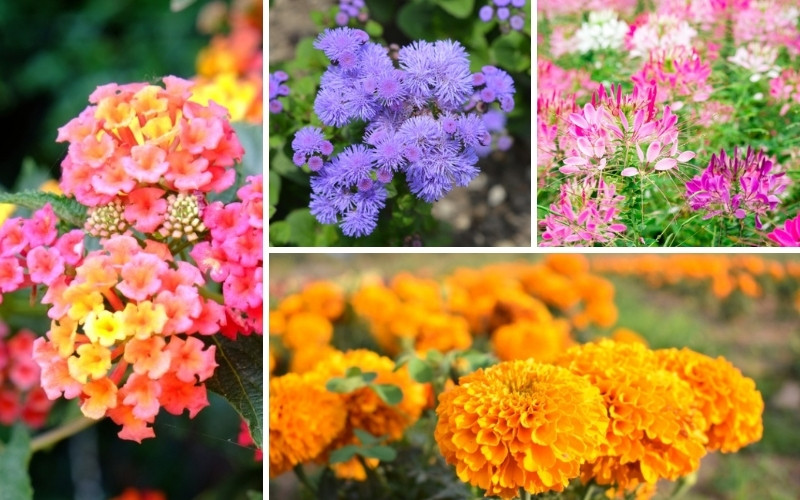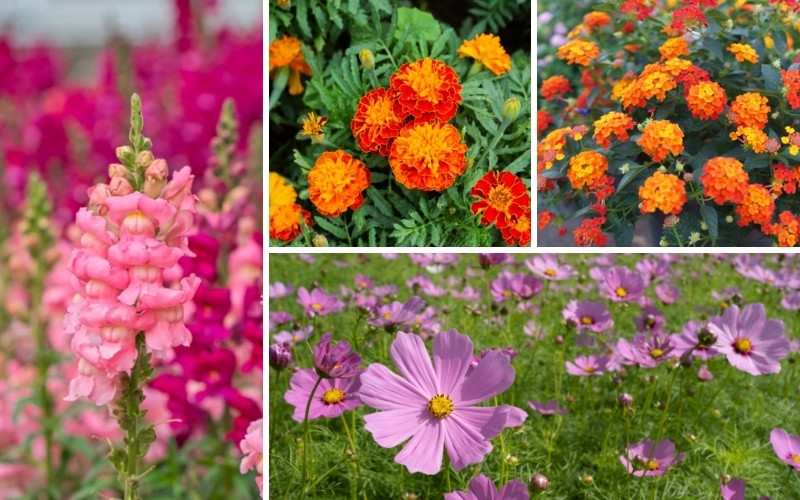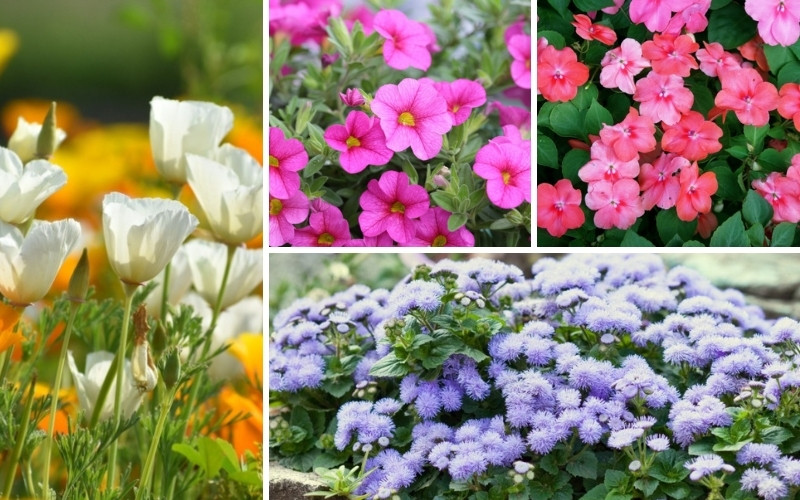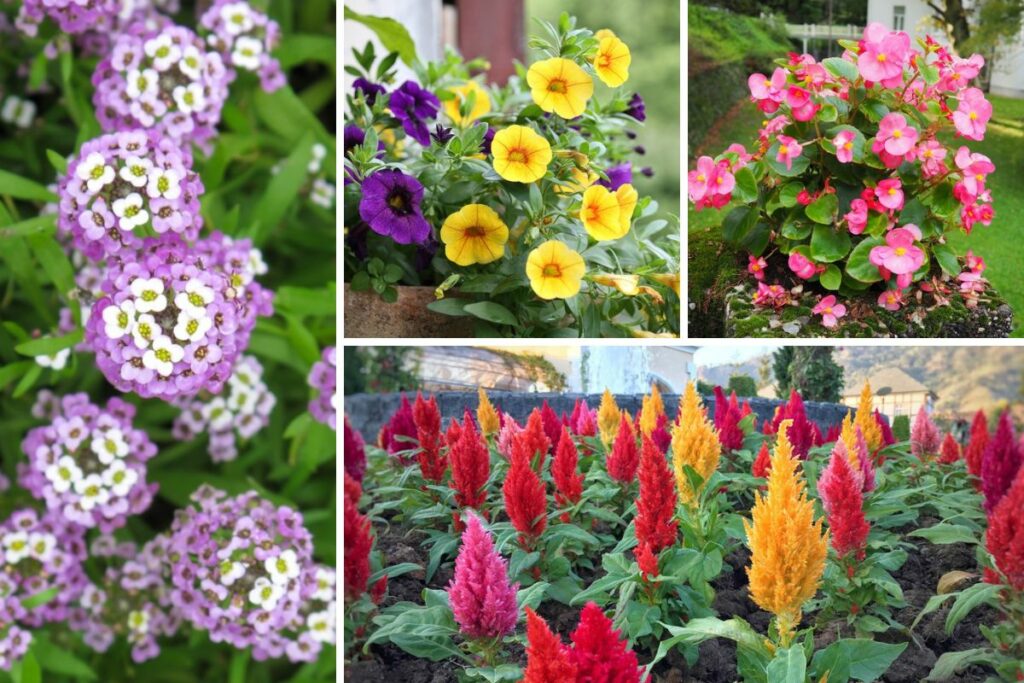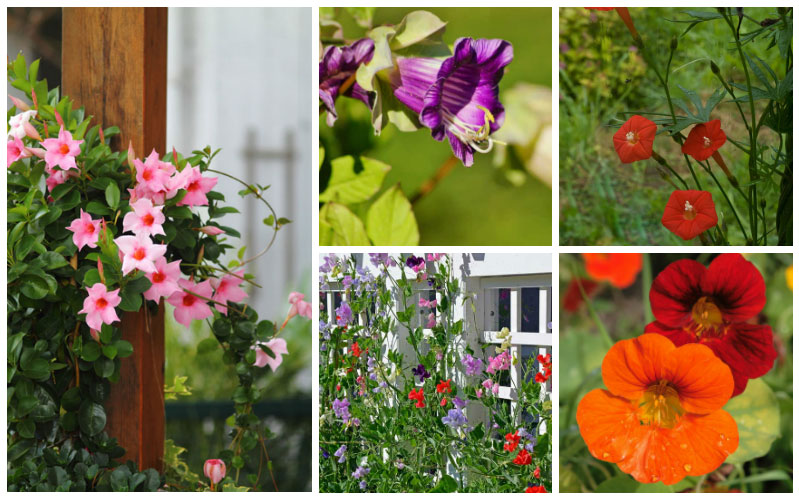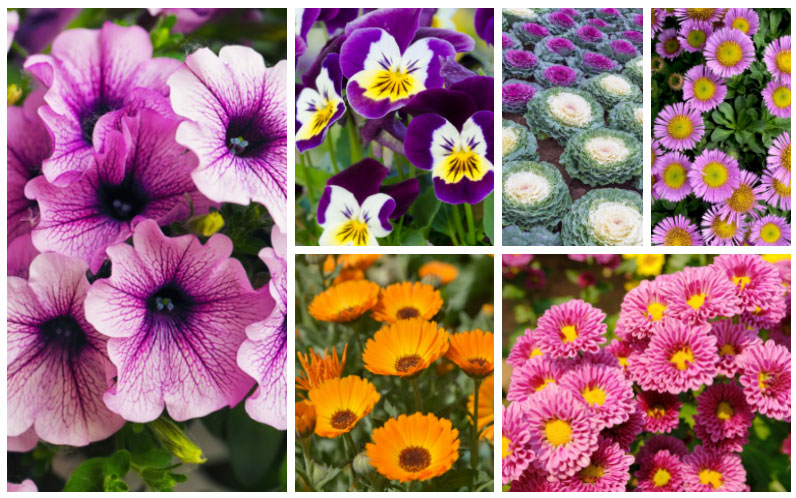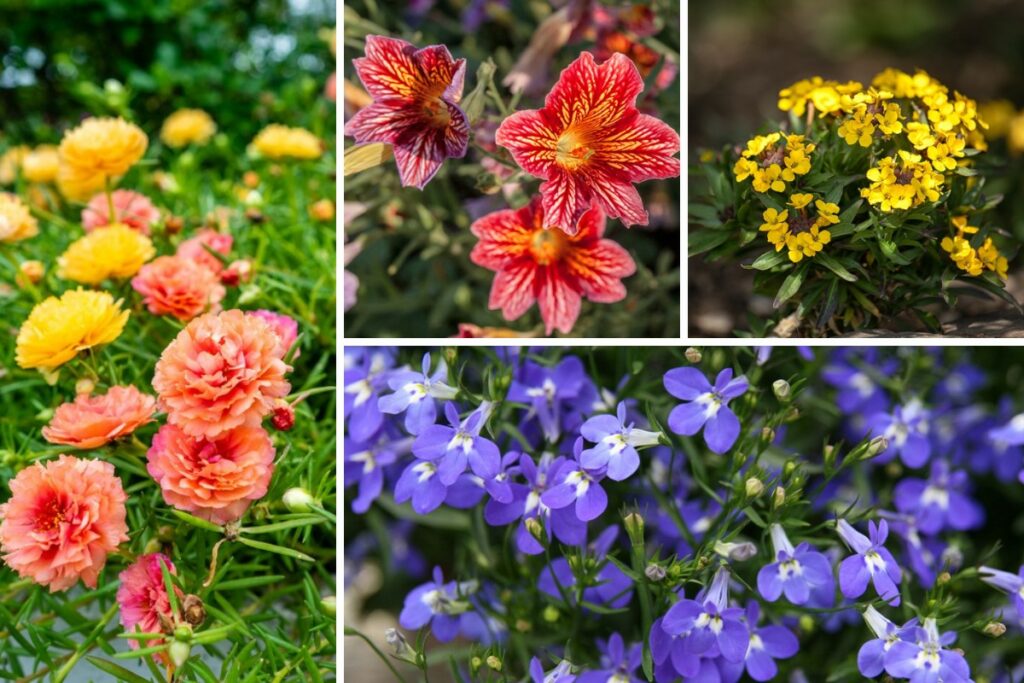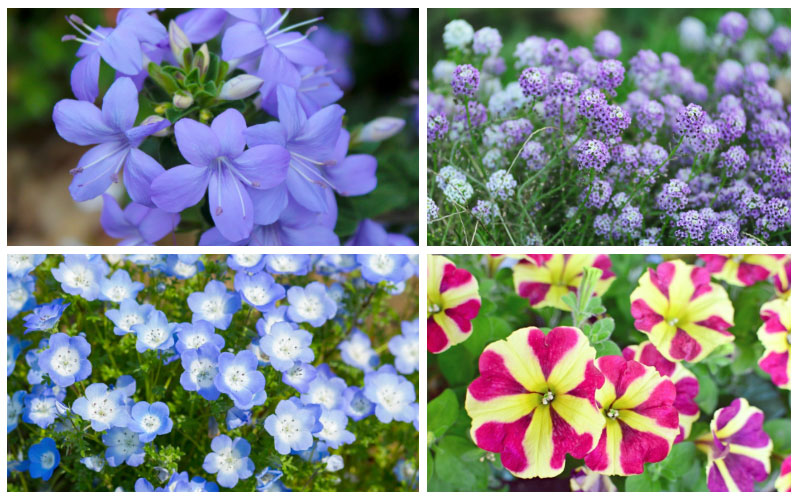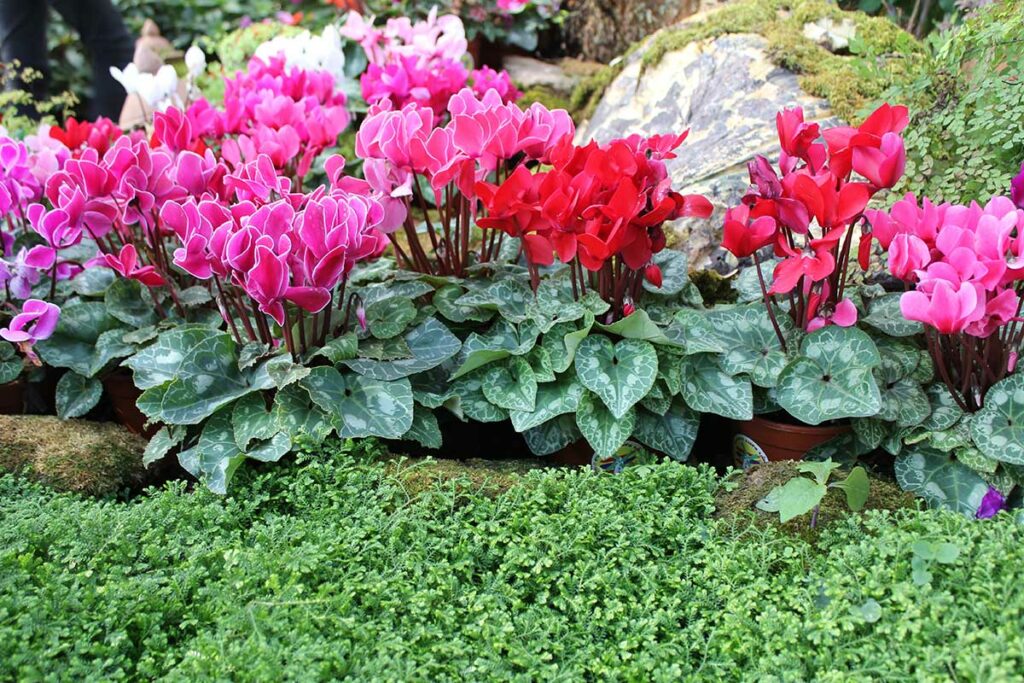The weather is getting warmer, and the sun is about to make a comeback, so let’s bring your garden back to life!
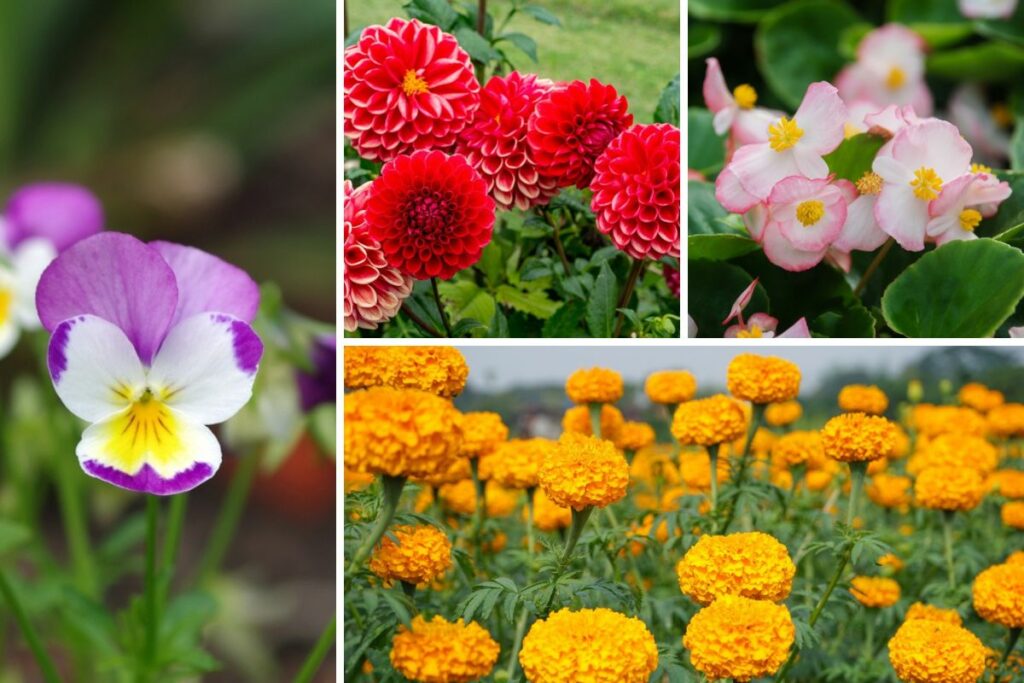
Luckily, you can grow a diverse array of dazzling annuals that brim with color and vibrancy in Indiana. So, whether you’re a gardening enthusiast or simply looking to add a pop of color to your outdoor space, you’ll find plenty of options.
Stick around as we share 10 awesome Indiana annuals, along with intriguing facts and growing tips!
10 Awesome Indiana Annuals
We know that your garden will appreciate being brightened up with new shades. To help you out, we’ve put together a list of 10 of the finest annuals that thrive in Indiana:
1. Geraniums
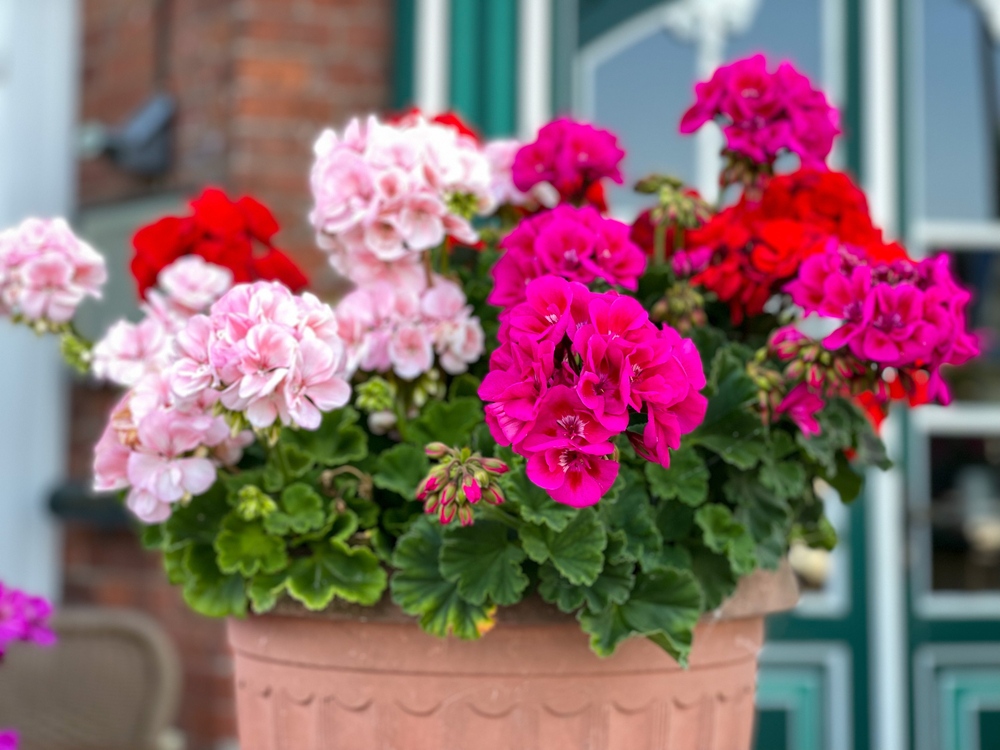
We’re starting with one of our favorites, geraniums. This plant blooms profusely, so expect to see a splash of color in your garden. Peach, white, and crimson are some of the gorgeous colors it’s available in. It has tiny, delicate petals that, in some types, form clusters.
Geraniums’ size varies depending on the variety, but they’re roughly 6-24 inches tall and 5-24 inches wide. To promote growth, remember to place them in well-drained soil and direct sunlight!
2. Marigolds

Marigolds are a top choice if you’re looking for a fast-growing, low-maintenance annual. The shades of this plant’s flowers will bring sunshine directly to you. You see, it comes in hues like yellow, orange-red, and gold.
Marigolds aren’t fans of sitting in soggy soil, so ensure it’s properly drained and that you don’t overwater it. It would also be perfect to plant it in soil with a pH of 6 to 7.
Interestingly, while the scent of the blooms is almost odorless to us, it bothers and repels pests. So, if you’ve been dealing with an unwanted visitor, you now know what to do!
3. Petunias
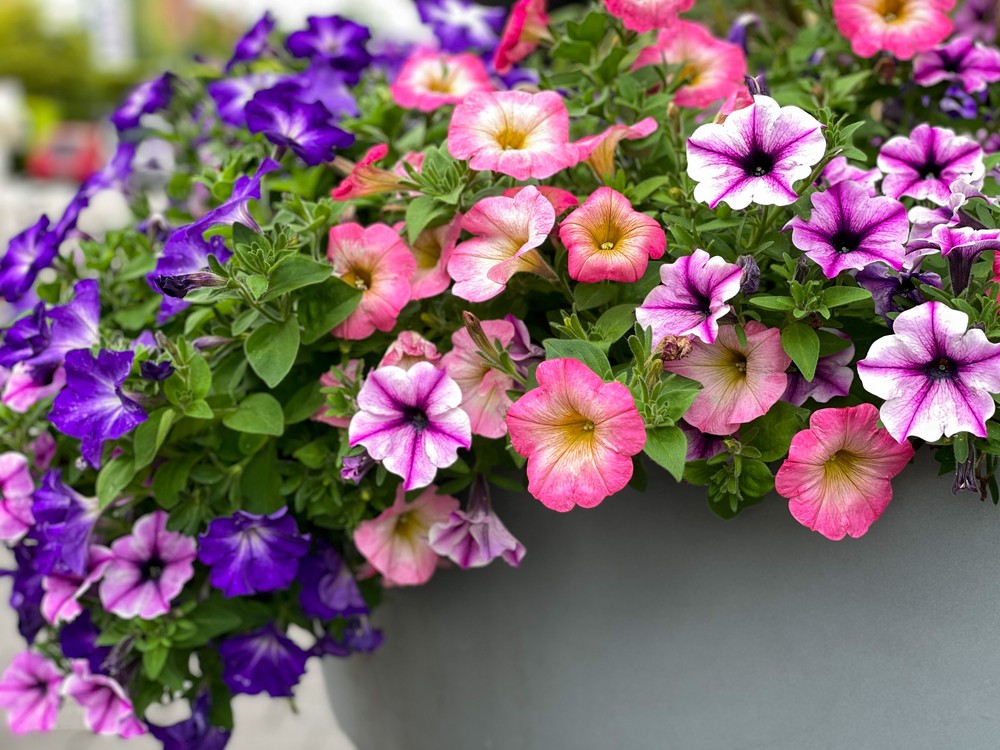
When beauty and fragrance come together, we get lovely petunias! This annual blooms in an array of colors, and some varieties even have flowers with multiple shades. Its signature colors are purple, pink, white, and red.
What’s more, petunias will add a sweet, fruity scent to your garden that’s actually used in some perfumes!
This plant varies in size, but it typically grows 6-18 inches tall and spreads 18-48 inches. You should be aware that it tends to grow leggy in midsummer, so have your pruning tools on standby.
4. Sunflowers

Sunflowers are the definition of a cheerful plant! Their bright yellow will add a happy touch to your garden and your mornings. They bloom throughout the summer and into the fall, giving you plenty of time to admire them.
Sunflower sizes differ; giant varieties can grow up to 16 feet tall, whereas dwarf types grow 1-4 feet tall.
Because the flower tends to be a little heavy, it may fall over. There are even instances where the stem breaks. To avoid this, simply teach your sun trackers to stand upright by loosely tying their branches to stakes.
5. Cosmos

If you like daisies, you’ll love cosmos; they have a similar aesthetic. Despite their pretty looks, cosmos are extremely hardy as well as easy to grow and care for. That said, plant these annuals in loamy soil with a pH of 7 or slightly acidic 6.5 to ensure they flourish.
Cosmos have relatively long stems that are crowned with flowers. You can have blooms in any of its stunning colors, including magenta, gold, and red. Along with drawing the attention of passersby, this plant will also attract butterflies and birds!
6. Begonias
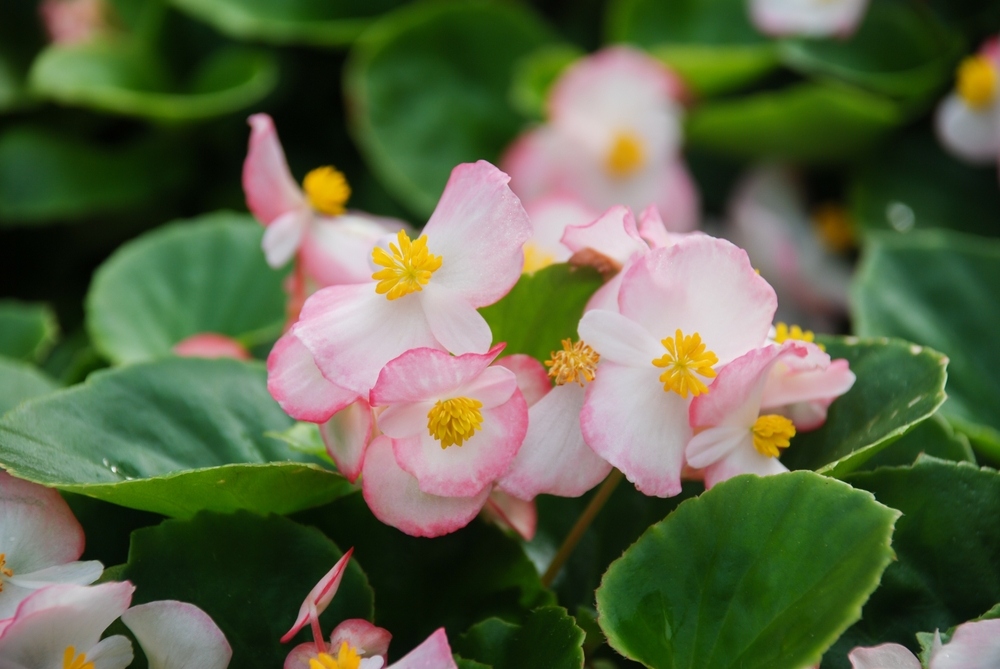
It’s challenging to choose between the begonia varieties because they’re all equally fabulous. Each has unique flowers with different petal arrangements, but they all have a soft, delicate touch.
The blooming season varies, but the most common types, wax, and tuberous begonias bloom from early summer to frost.
Keep in mind that these beauties prefer to sit in partial shade. They’ll also appreciate adding organic matter to the soil and frequent hydration. Yet, you should always allow the soil to dry between waterings.
7. Primroses
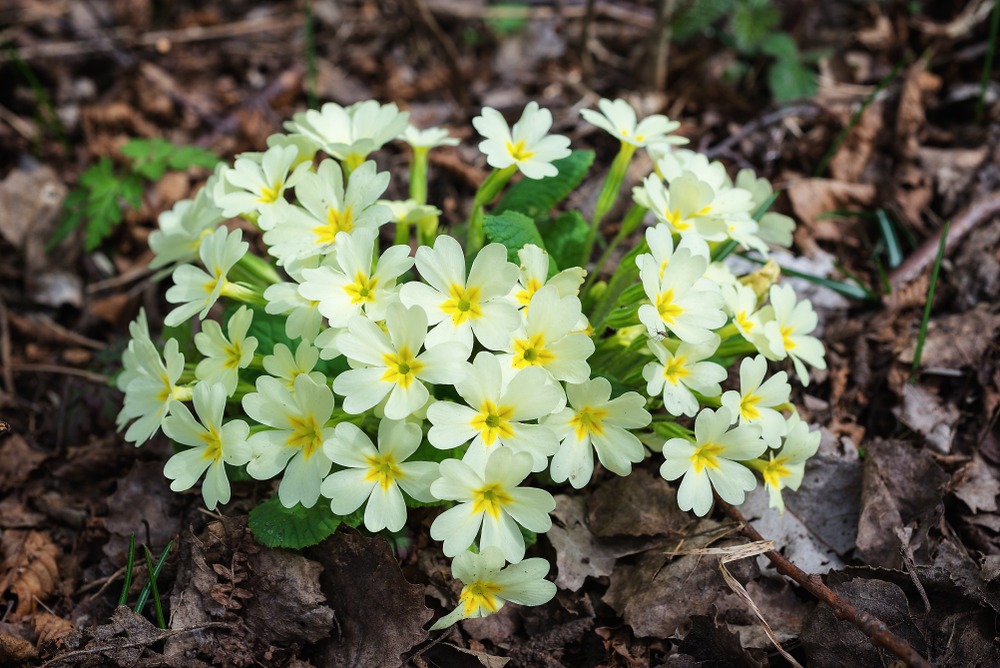
We love plants with meaningful symbolism, and primrose is one of them. This annual blooms in early spring, hence the Latin name “primus” (meaning “first”). From there, this plant came to represent youth, renewal, and young love; every garden deserves this aura!
Primroses aren’t difficult to maintain, but they require regular watering. In exchange, they’ll produce colorful blooms that are usually densely packed. Although all of its hues are delightful, we recommend going for the types with yellow eyes and contrasting colors, such as pink or red.
8. Dahlias
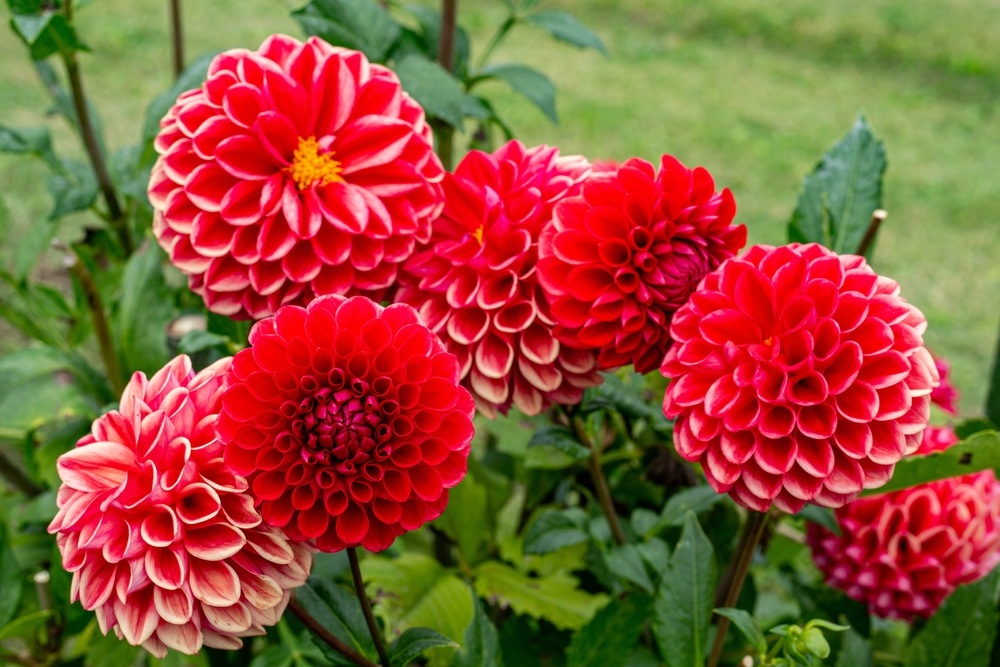
Dahlias are a go-to for any plant enthusiast looking to add a wow factor to his collection. Their large blooms are distinctive, making them one of the best varieties for cut flowers. Some of its colors are pink, orange, and lavender, but the ones with multiple tints take the cake.
Dahlia blooms can be as small as 2 inches in diameter or as large as 15 inches wide! If you want them to be vibrant and bushy throughout the blooming season, give them 6-8 hours of full sun daily.
9. Impatiens
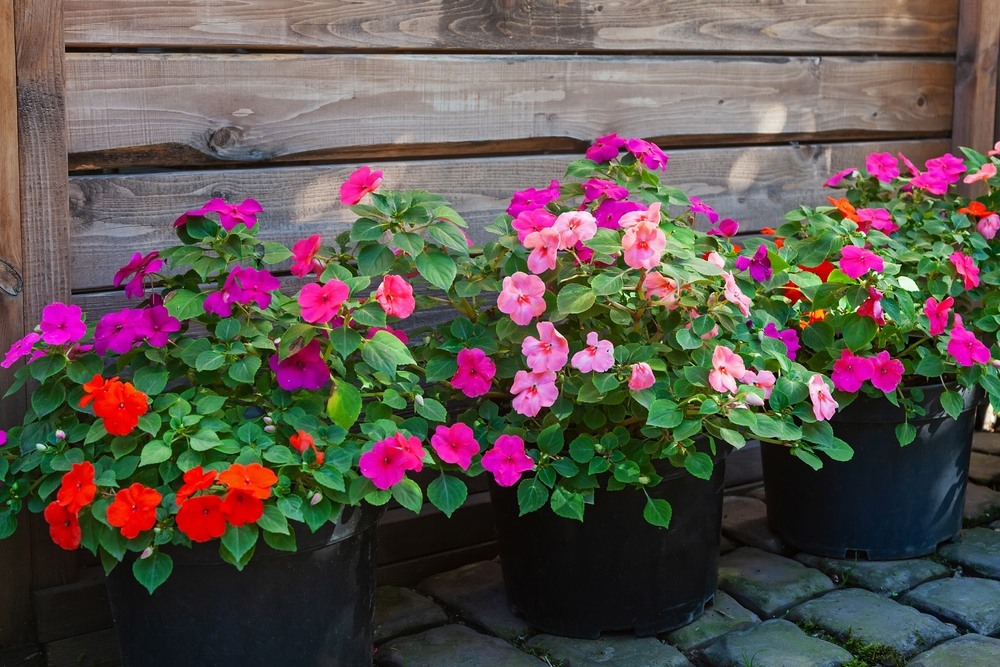
Have you heard of “touch-me-not” plants? Well, those are impatiens. You’d think their breathtaking flowers gave them that sassy nickname, but it’s for a completely different reason. It’s because the plant’s ripe seeds explode when touched, hence the warning sign.
These gorgeous annuals look great in containers or as bedding plants. Coral, pink, violet, and yellow are some of their marvelous hues.
This annual prefers well-draining, humus-rich soil and partial shade; avoid sunny spots. You should also follow a healthy watering schedule because if it becomes dehydrated, it’ll immediately display signs of weakness.
10. Pansies
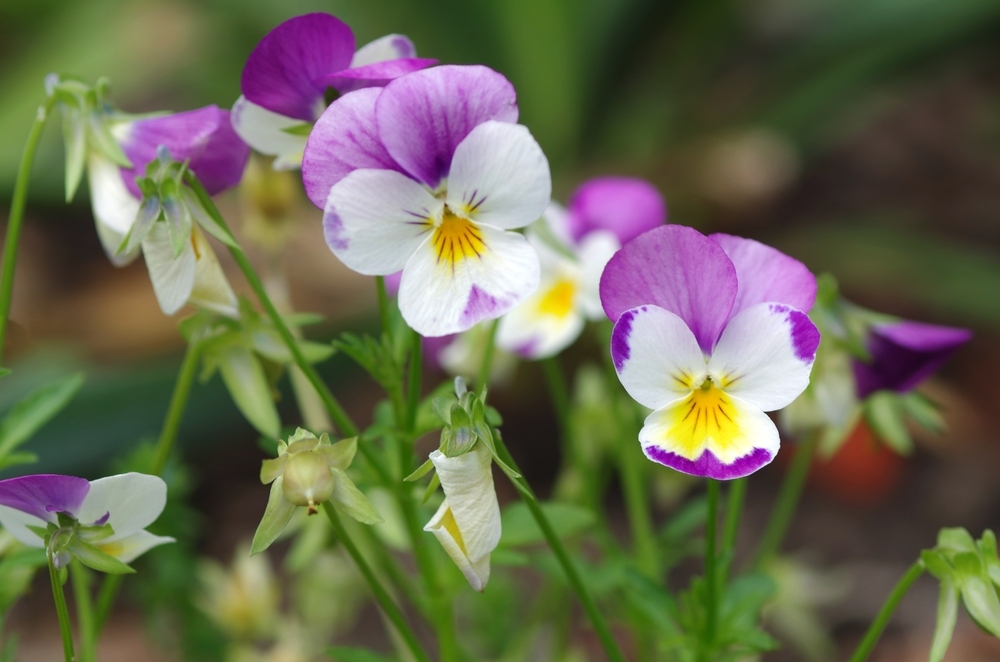
You might’ve seen a pansy on your plate while eating in a fancy restaurant or on an acai bowl. This plant’s flowers are edible, making them a treat for both the eyes and taste buds!
With proper care, these annuals will grow vigorously and gracefully in your garden. They can reach a height of 6-9 inches and a width of 9-12 inches.
Pansies have bright blooms that are usually multicolored with face-like center markings. They come in a wide range of hues, including blue, purple, yellow, and white.
Here’s a pro tip: prune any damaged or dead blooms to encourage the growth of more pansy flowers.





